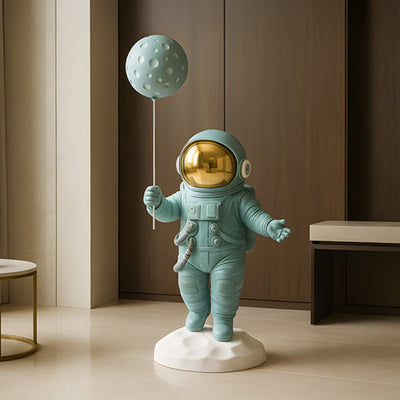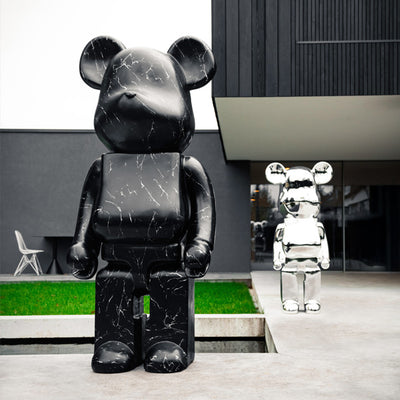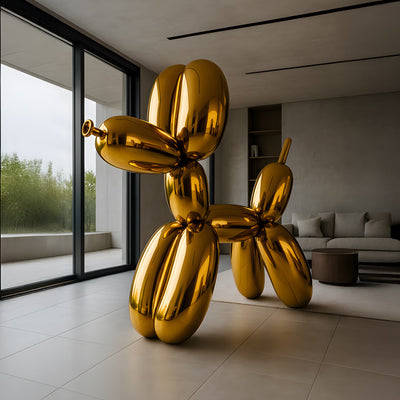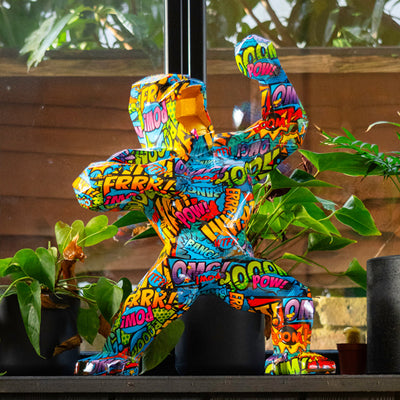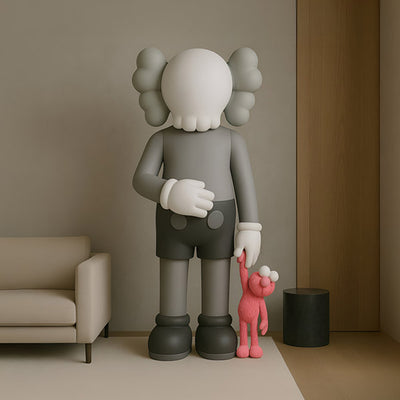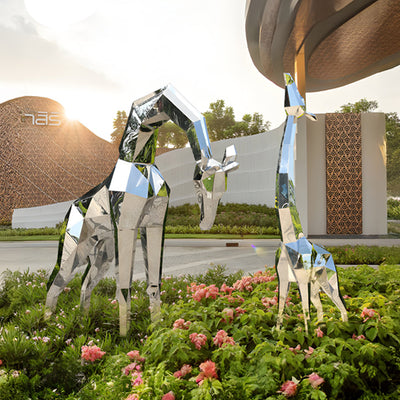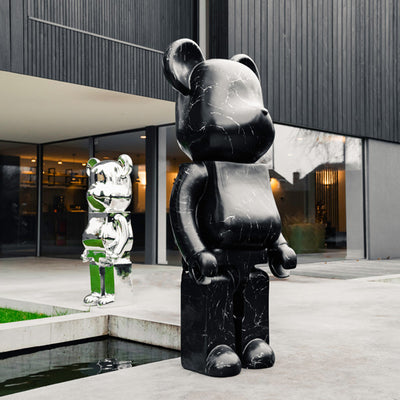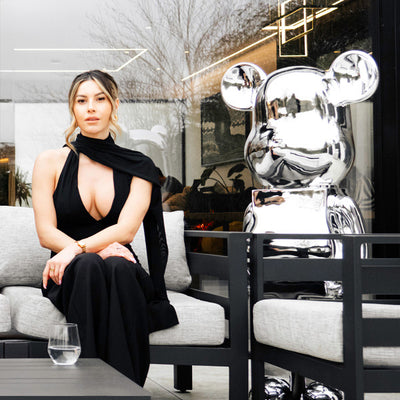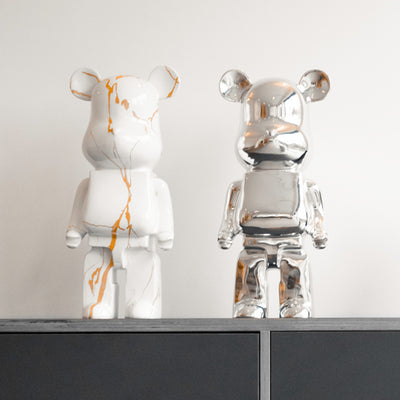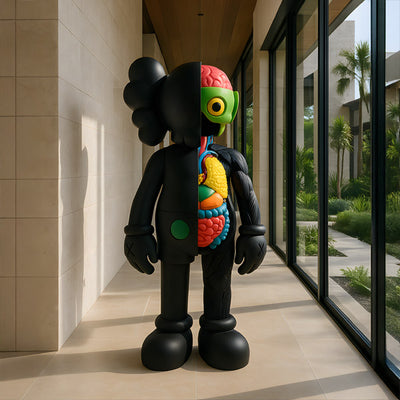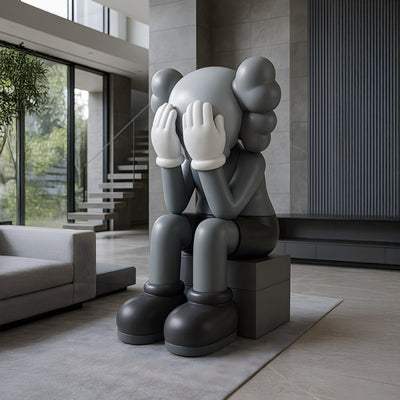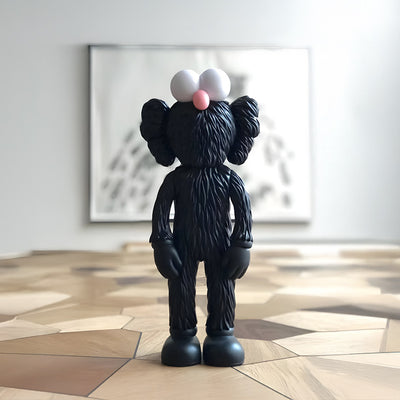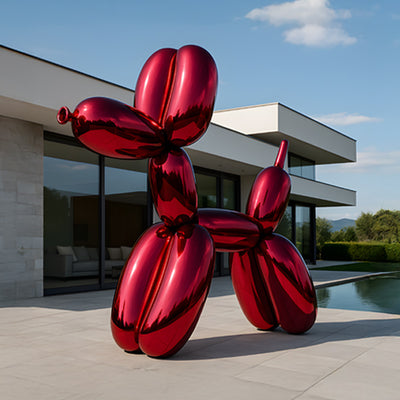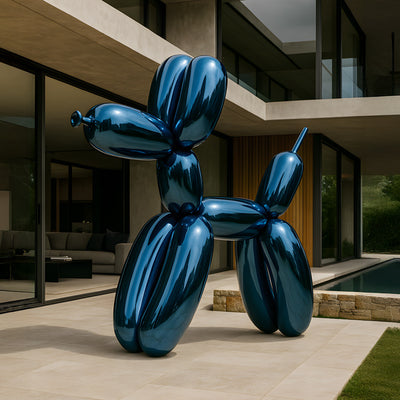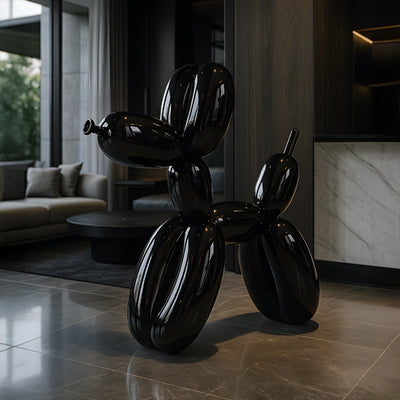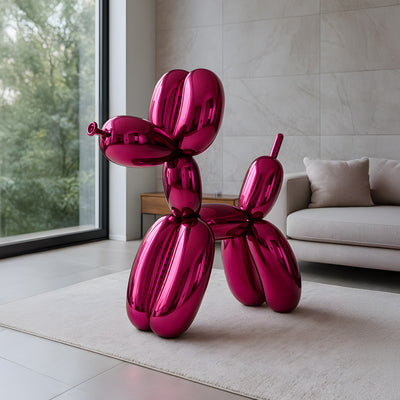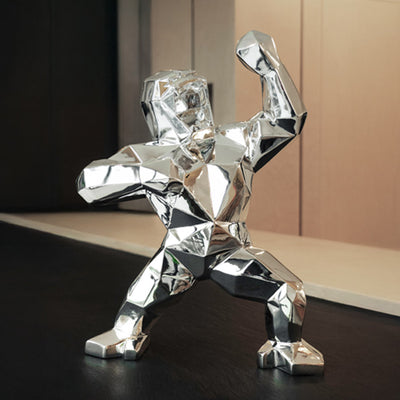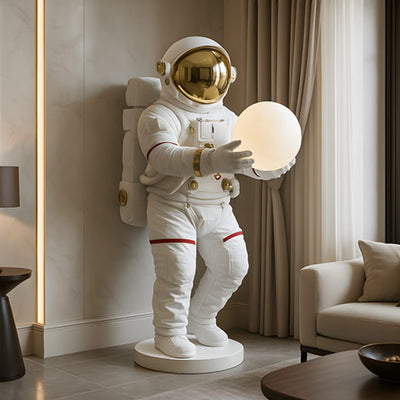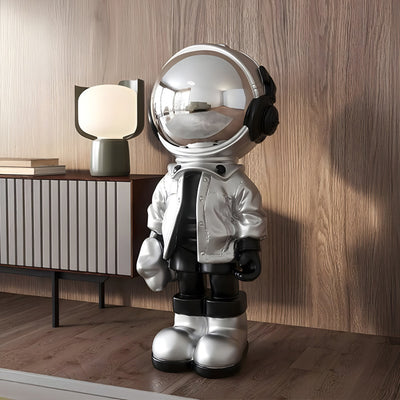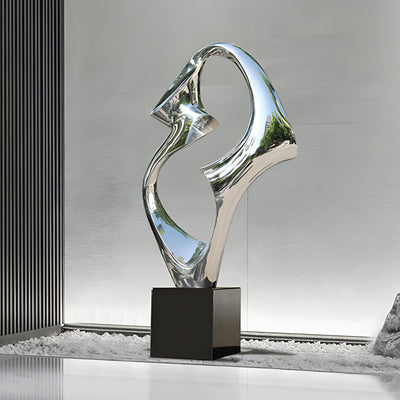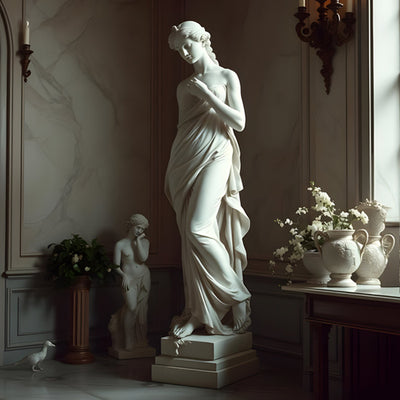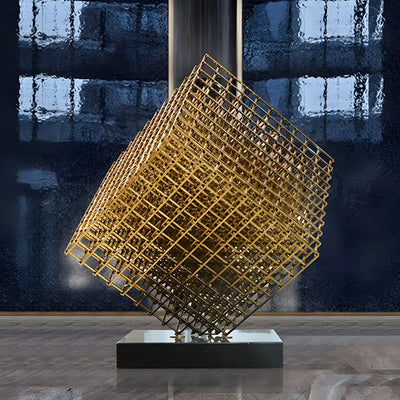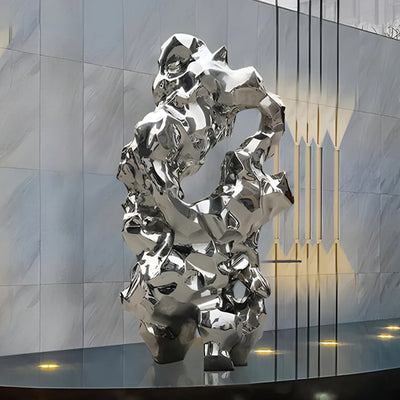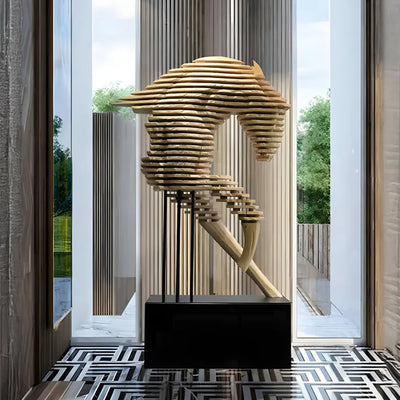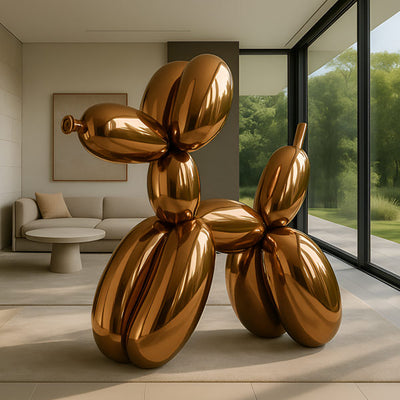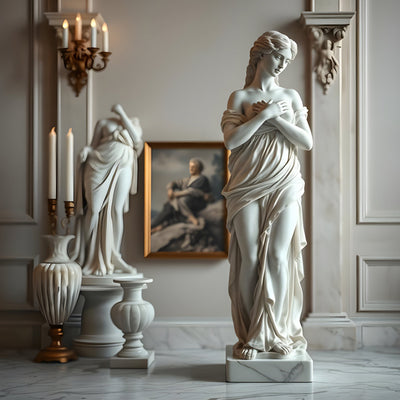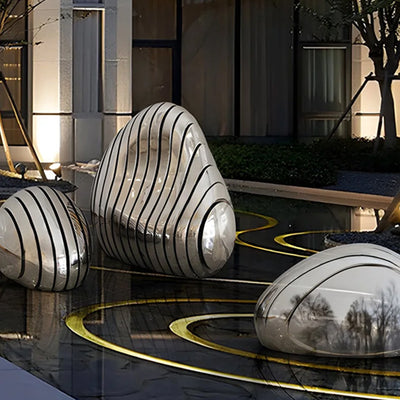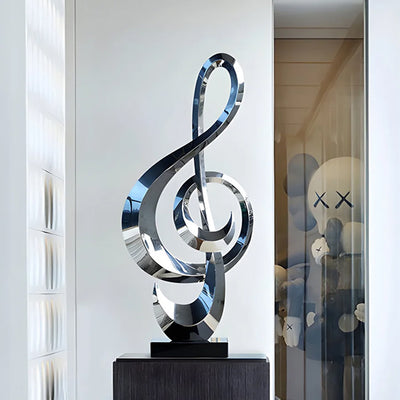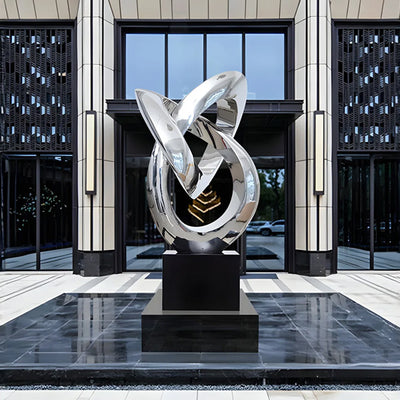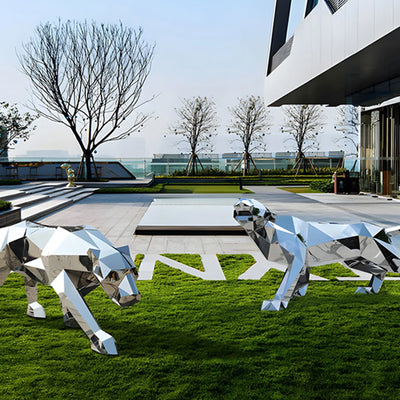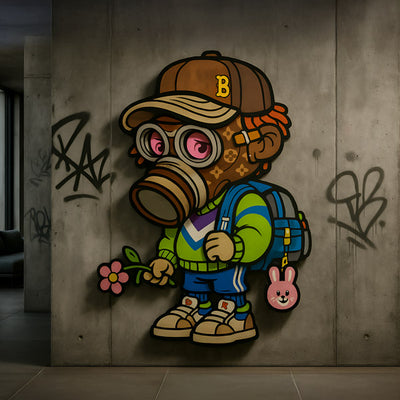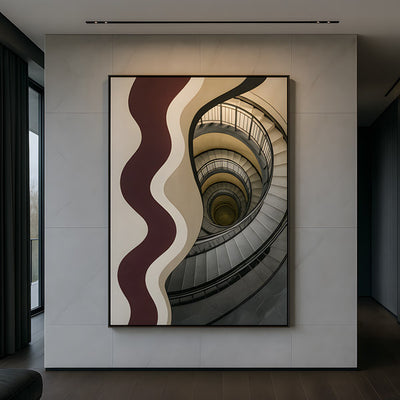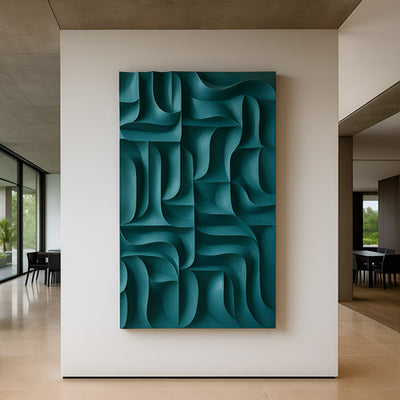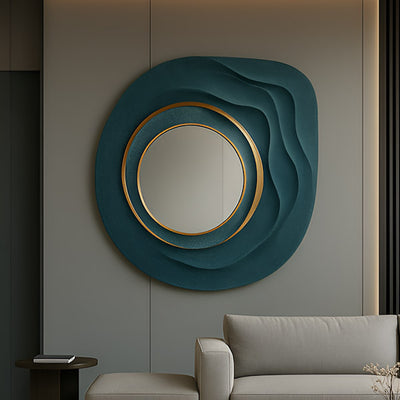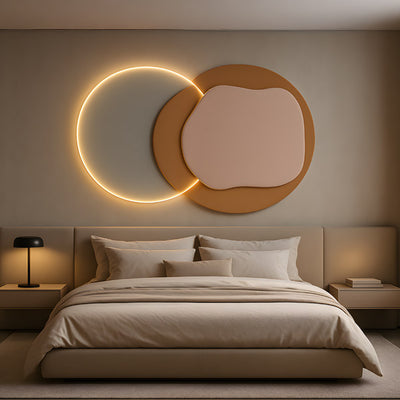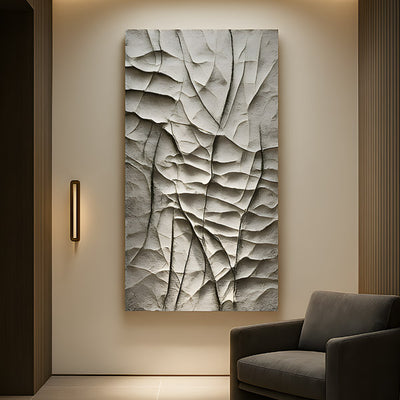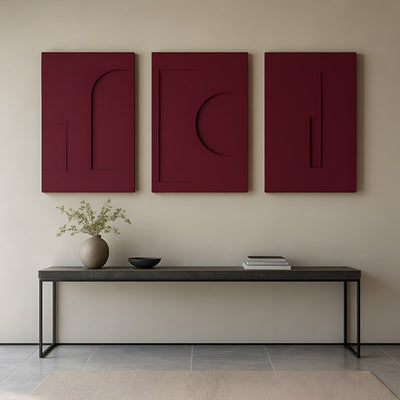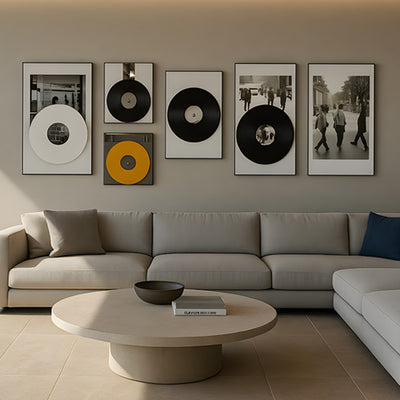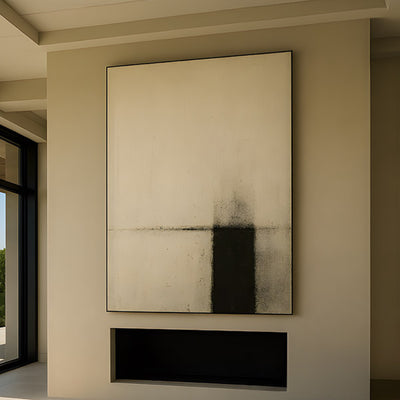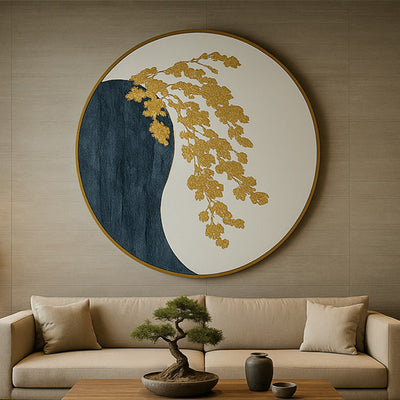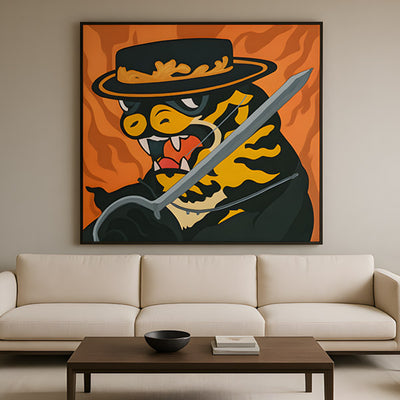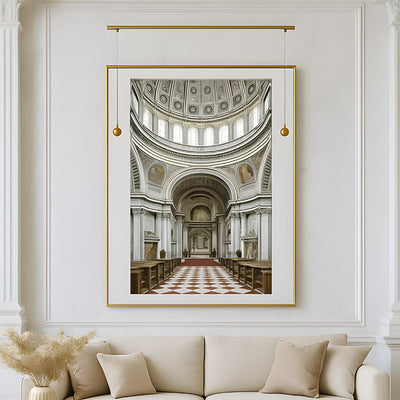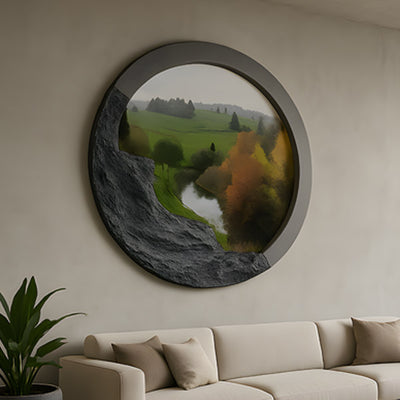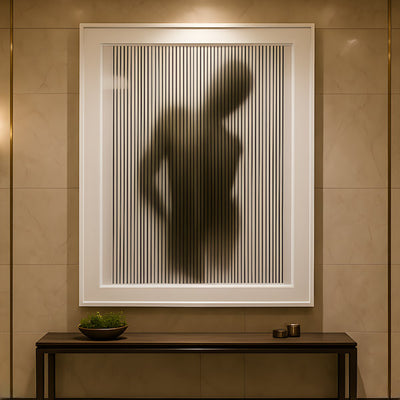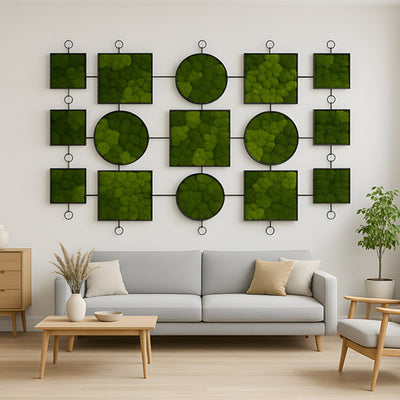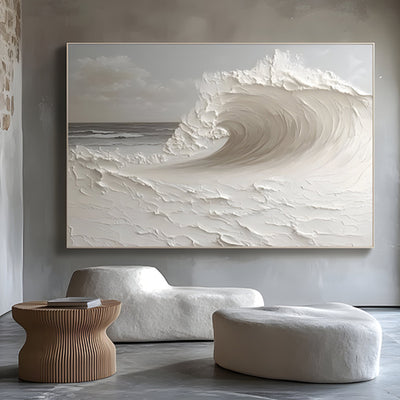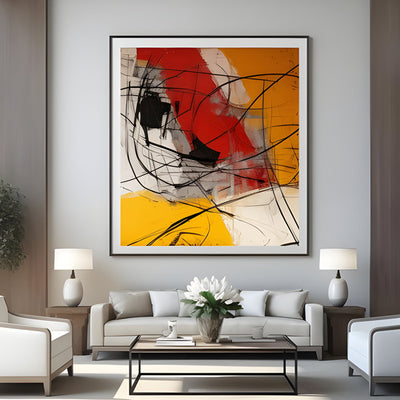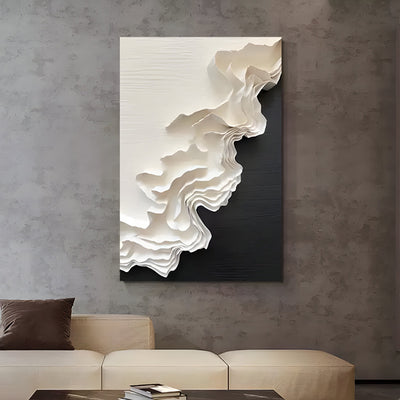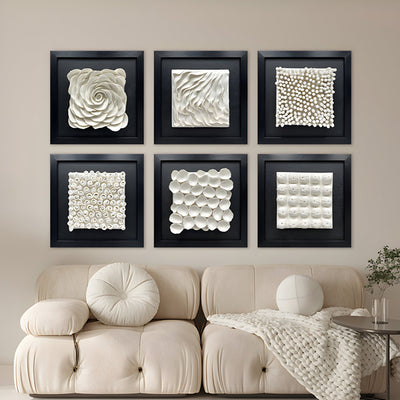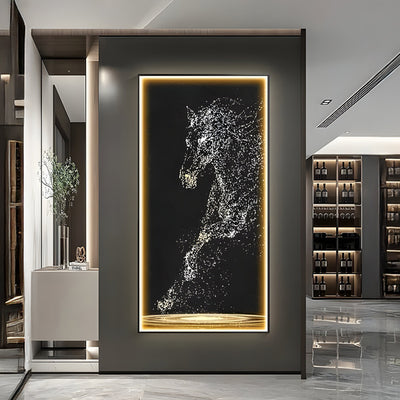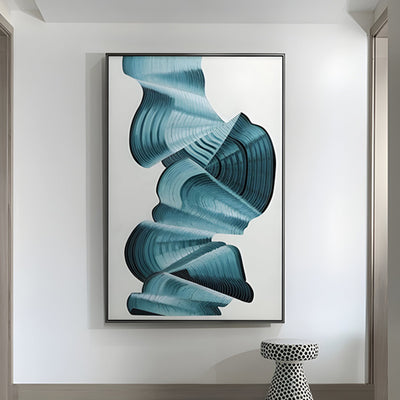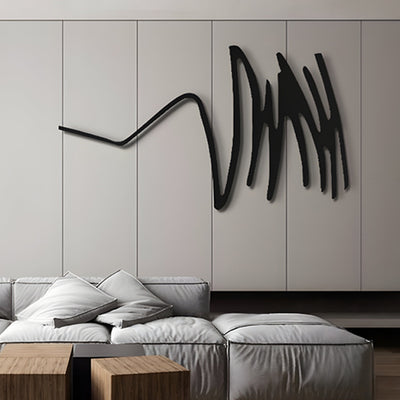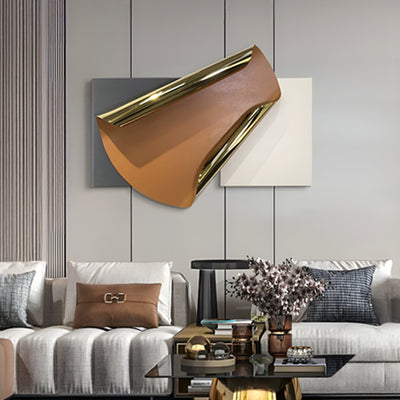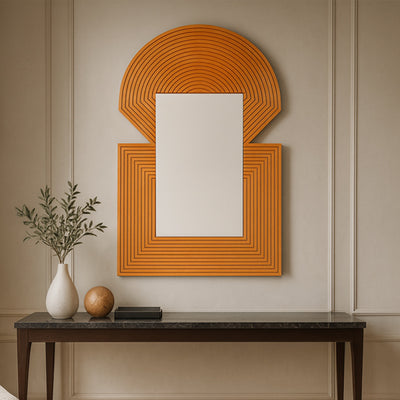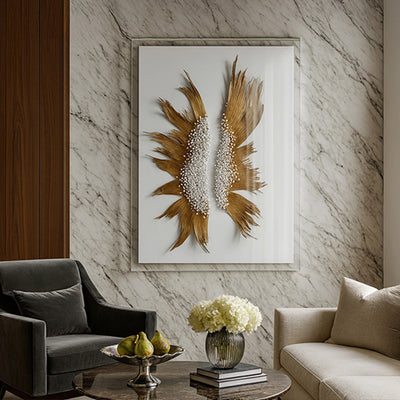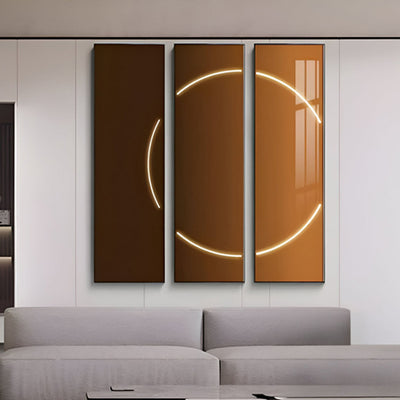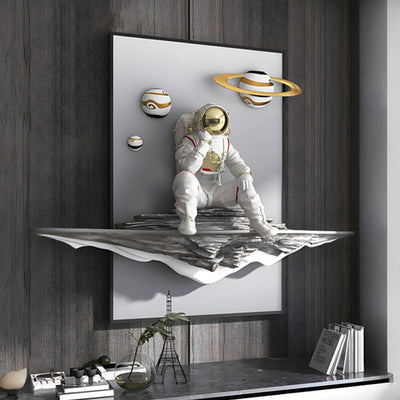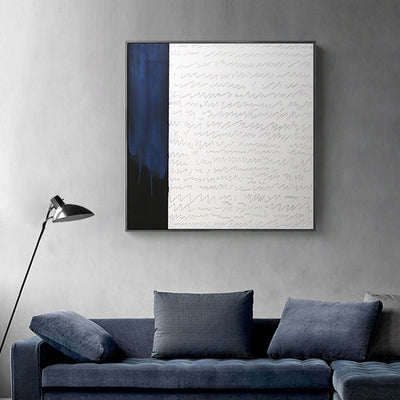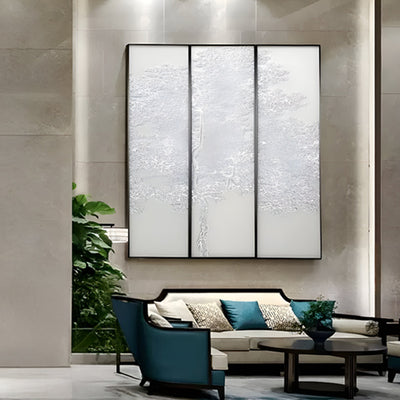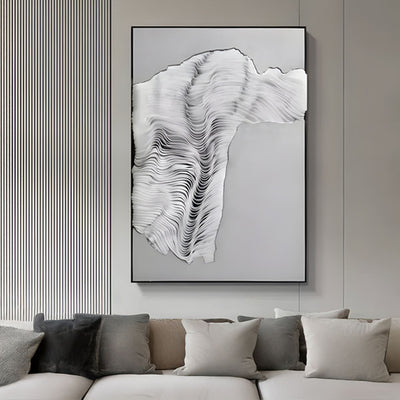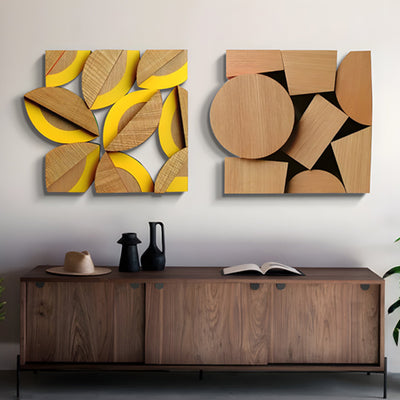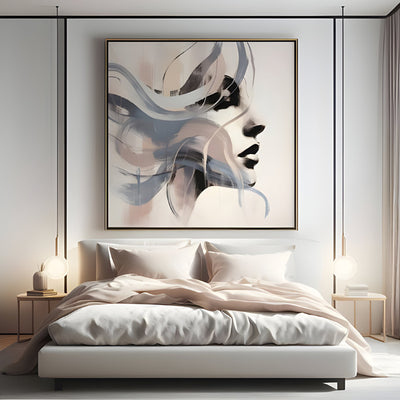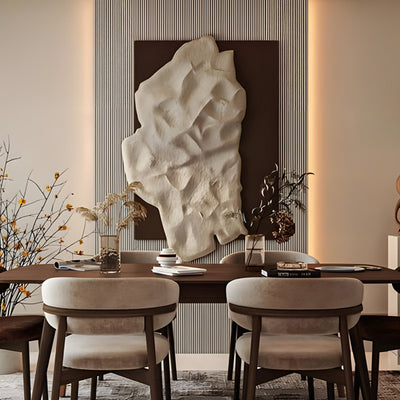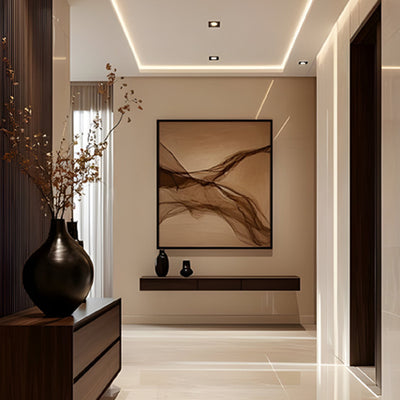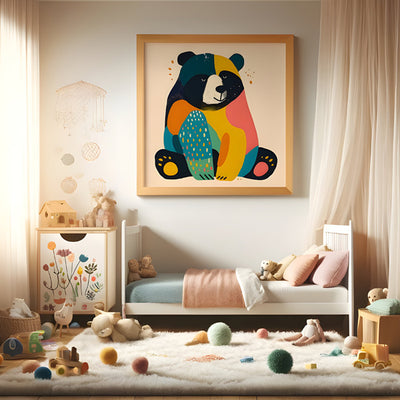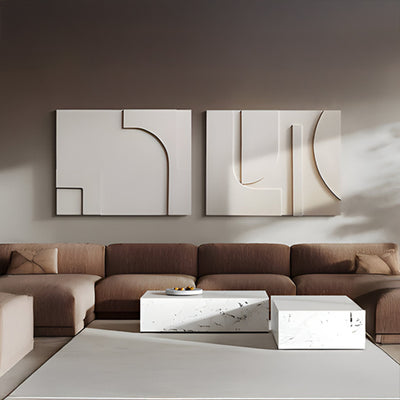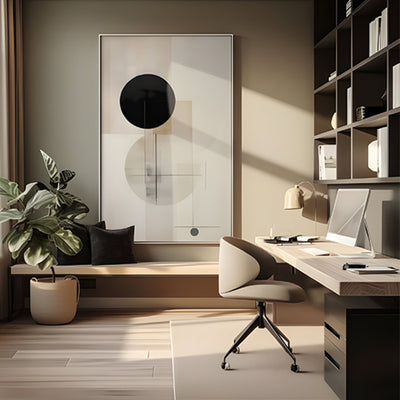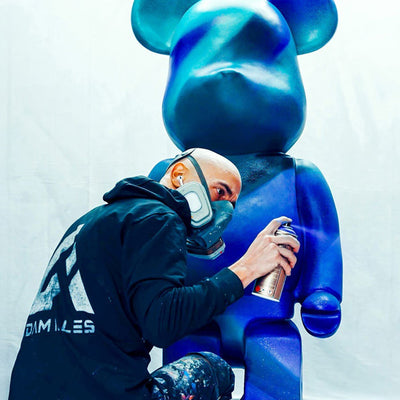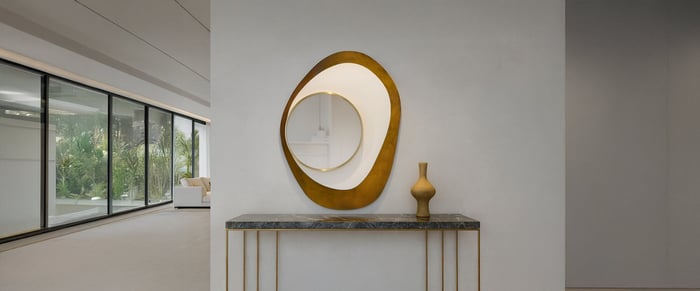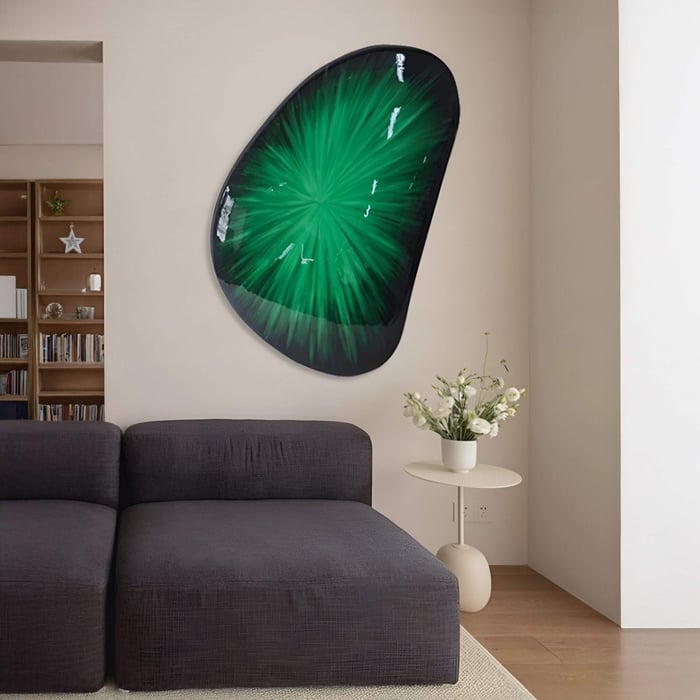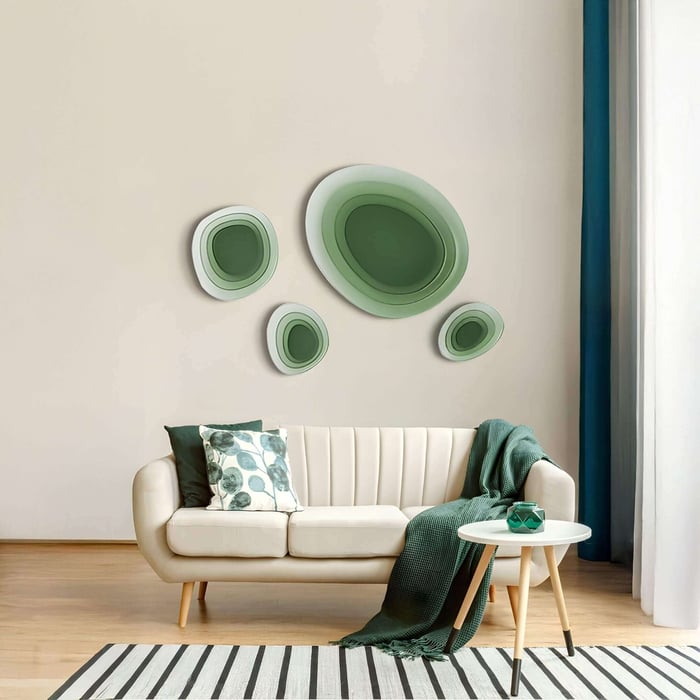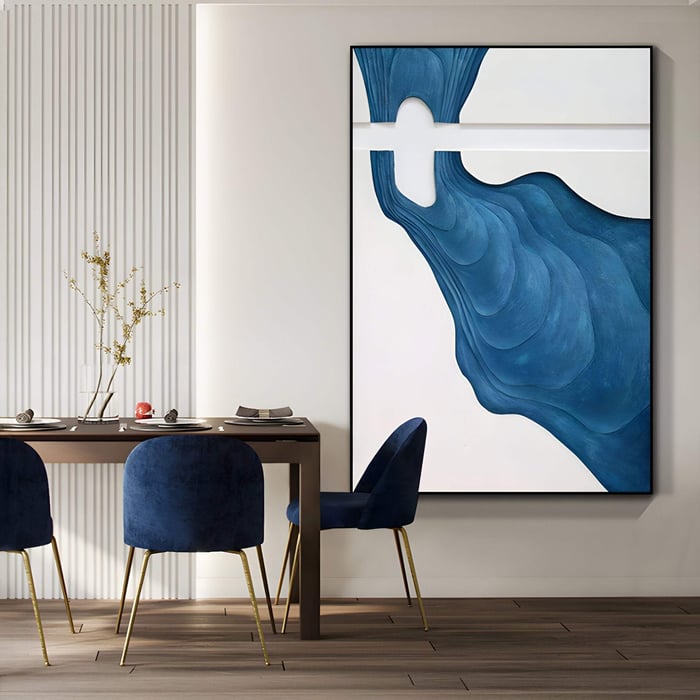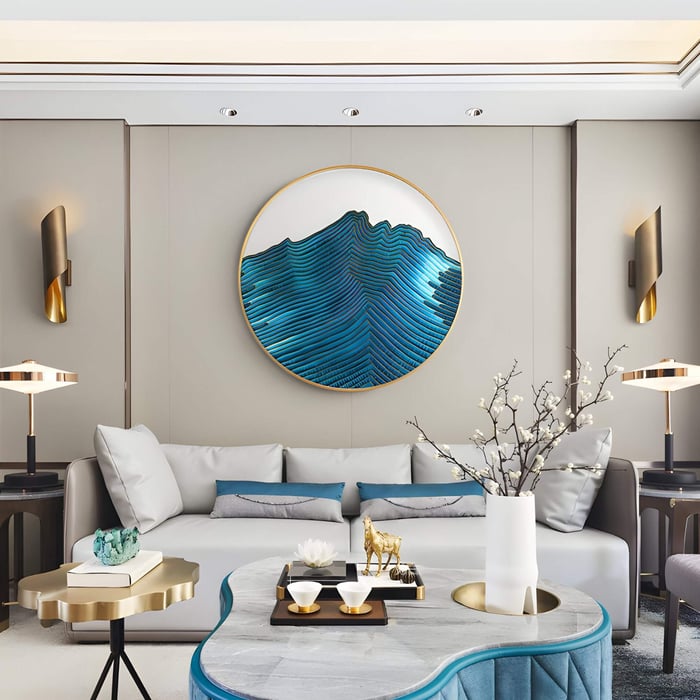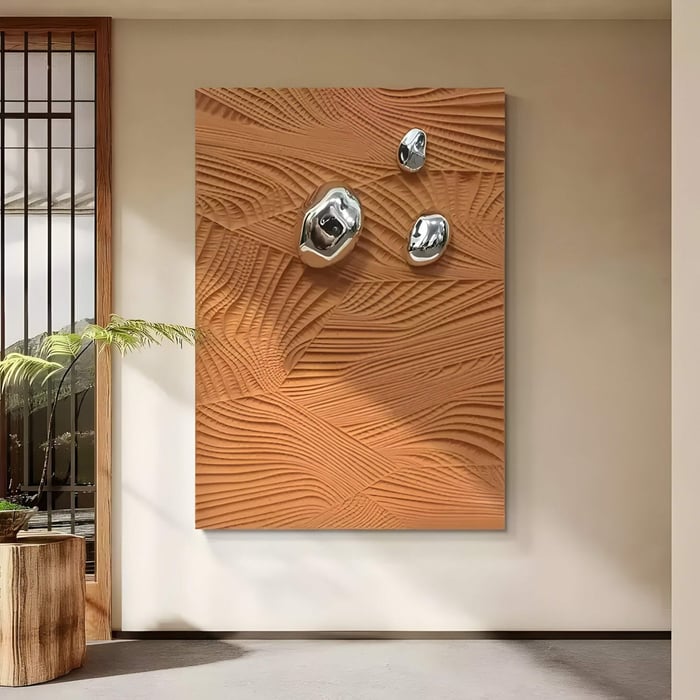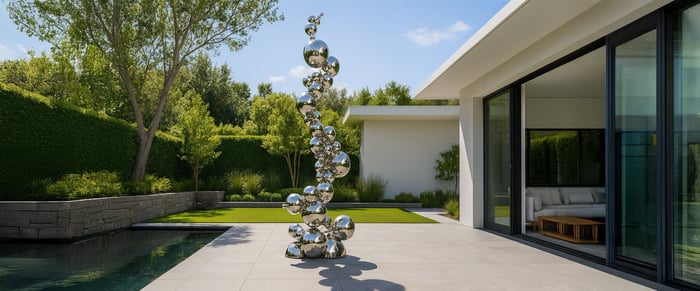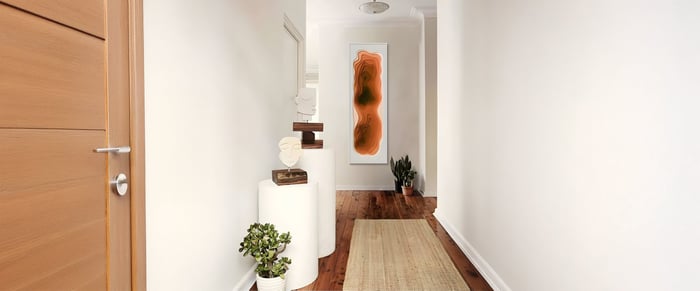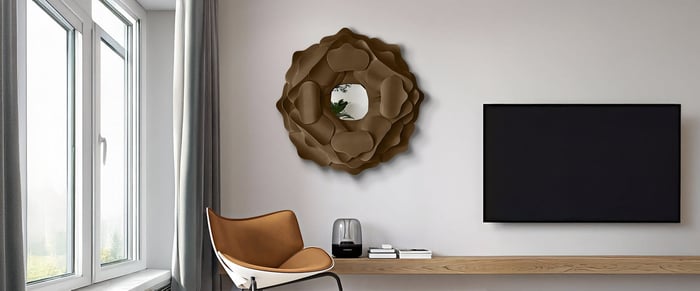Table of Contents
- Introduction - Why Organic Art Works in Modern Interiors
- Understanding the Intersection: Organic & Modern
- Principle 1: Use Colour to Bridge the Gap
- Principle 2: Match Material / Texture Language
- Principle 3: Scale, Placement & Breathing Space
- Principle 4: Use Shape Echoing & Visual Hints
- Mistakes to Avoid
- Inspirational Use Cases / Examples
- Conclusion - Making Organic & Modern Sing Together
- FAQs
Introduction - Why Organic Art Works in Modern Interiors
Modern interiors often run the risk of feeling cold, sterile or overly linear. Clean surfaces, sharp edges, and minimal colour can make spaces look visually efficient but emotionally flat. That’s where organic art steps in as a balancing force, it anchors the modern with the natural, lets texture and fluid forms soften structure, and brings a human, tactile dimension to rooms that might otherwise feel too rigid.
But mixing nature-inspired art with sleek contemporary décor isn’t plug-and-play. Get it wrong and you end up with visual tension or stylistic discord. The challenge is to bring in organic design in a way that feels like it belongs, not like it was stuck in afterward.
In this article, you’ll learn:
What defines organic art vs modern interiors
Key design principles to bridge the two
Strategies around colour, material, scale and shape
Common mistakes to avoid
Real-life example pairings to spark inspiration
By the end, you’ll be able to mix organic-modern wall art into a clean, modern space elegantly - no clashing, no compromise.
Understanding the Intersection: Organic & Modern
Before blending them, let’s define the players.
What is Organic Art?
Organic art is work that draws from nature and biomorphic forms: flowing curves, irregular shapes, textures that echo wood, stone, clay, woven fibres, or living elements. It’s not strictly representational - often, it’s abstract or tactile, offering a sensorial link to the natural world. Think botanical art, undulating ceramic reliefs, stone art, or wood sculpture with fluid edges.
What Are Modern Interiors?
Modern interiors favour minimalism, geometry, crisp lines, open space, and neutral palettes. Surfaces are often smooth - glass, polished concrete, metals. Decoration is lean; furniture tends to have functional clarity and sometimes industrial or architectural edge.
Why They Can Clash (and Why They Can Work)
The tension emerges because rigid geometry can fight with flowing natural forms; high-contrast, glossy materials can make organic textures feel out of place. But they can harmonize if done with intention:
Use restraint so the organic elements don’t dominate
Let visual echoes tie them together (a curve mirrored elsewhere, shared tones)
The rise of the “organic modern” aesthetic in interior design shows this isn’t just theoretical, it’s a growing trend in how designers soften modernism with nature’s touch.
In short: when modern interiors and organic art are fused well, the space becomes richer, not jarring.
Principle 1: Use Colour to Bridge the Gap
Colour is your first and easiest tool to create cohesion between organic art and modern interiors.
Restrained palette: Stick to neutrals, earth tones, soft greens, muted blues. Let your organic wall art echo or slightly shift from those tones.
Accent pulls: If your room has one or two accent colours (say, sage or terracotta), let the artwork pick up a soft version of that tone.
Whisper not shout: Organic pieces don't have to scream. A tonal piece (close in value to the wall) can offer subtle depth rather than high drama.
Test in situ: Try placing swatches or photos of the art next to your walls and furniture under real lighting (daylight + evening). You’ll spot clashes before hanging.
This kind of organic modern art colour strategy turns bold contrasts into harmonious conversation. (Trend guides on colour in organic modern interiors back this approach.)
Principle 2: Match Material / Texture Language
If colour is the tonal glue, texture and material are the tactile glue.
Introduce natural materials (wood, linen, stone, clay) in your room that can echo the materials in your organic art.
Choose art that already uses materials in the space: for instance, a wood art sculpture in a room with timber beams, or clay wall art in a space with exposed brick or terracotta.
Use texture over gloss: matte, rough, tactile surfaces let organic forms shine. A glossy wall might fight with a rough art texture.
Avoid too many competing materials: if the art is heavily textured, let adjacent surfaces be smooth to avoid visual overload.
This alignment ensures your organic design feels integrated, not tacked on. Many sources on organic modern design emphasise this material-texture fusion.
Principle 3: Scale, Placement & Breathing Space
Even a beautiful piece looks weak when squeezed or lost. Scale and placement are crucial.
Give it room: Don’t sandwich organic art between overpowering, rigid furniture. Let it have visual breathing space.
Scale intentionally: A small organic piece works near strong modern furniture; a large organic form can anchor a blank wall.
Location matters: Focal walls, above consoles, inside niches - zones that naturally draw the eye.
Leave negative space: Organic forms often read better when isolated, avoid clutter around them.
Avoid hiding in corners or low-light zones: The curves and textures lose their impact.
If you treat organic artwork as a visual landmark (not filler), it integrates gracefully rather than fighting the modern backdrop.
Principle 4: Use Shape Echoing & Visual Hints
Echoing is a subtle but powerful tool, letting modern and organic forms whisper to each other.
Let artwork curves echo the arcs of furniture legs, window frames, or light fixtures.
Repeat small motifs (a curve in a rug, round handles, arch in architectural elements) to tie the art into the space.
Use inlay, edging or upholstery patterns that reflect organic forms.
But don’t overdo it: typically one or two echoes are enough to make the synergy feel intentional rather than forced.
This kind of visual hinting builds cohesion between organic and structured elements without making the art feel “out of place.”
Mistakes to Avoid
Even with good intent, mixing organic art and modern interiors can go off track. Avoid these:
Overcompensation: Installing a dramatic organic piece in a stark modern space, it reads as dramatic clash.
Too many organic elements: Multiple organic pieces can overwhelm the crisp modern lines.
Color intensity mismatch: Art too saturated compared to your muted modern palette looks jarring.
Poor lighting: Without proper light, organic textures drown in shadow or glare.
Fragile materials in busy zones: Putting delicate organic art in high traffic or bump zones invites damage.
Take care to maintain harmony by being selective, intentional, and context-aware.
Inspirational Use Cases / Examples
Here are some real-world pairings that get it right:
A modern living room with a large abstract organic wall relief in soft terracotta tones, which softens angular sofas and echoes a touch of clay in vases.
A dining area with sculptural leaf-like wood panels mounted on a neutral backdrop, creating a focal “tree wall” behind a sleek table.
A minimalist hallway with a series of wall-mounted organic clay reliefs in matte finishes, spaced evenly to respect negative space and highlight texture.
These setups show how organic-modern minimalism can breathe life into clean spaces without overwhelming their structure. Many design blogs, such as Our Secondhand House, highlight these pairings as signature examples of organic modern minimalism - where natural form meets quiet structure.
Conclusion - Making Organic & Modern Sing Together
Mixing organic art with modern interiors doesn’t require compromise, it requires intention. Viewed as a partnership rather than a clash, the two styles bring balance: modern structure gives clarity and organisation, organic forms inject warmth, texture, and soul.
Apply the principles above - cohesive colour, matched materials, deliberate scale, shape echoing, and choose one standout piece you love. Live with it a season, refine placement and surroundings, and build slowly from there.
Your next step? Pick one organic artwork that resonates with you from a collection or artist you trust. Commit to placing it carefully using these guidelines. Explore collections at Giant Sculptures to find pieces blending natural materials with elegant form.
Let modernity and nature shade one another, not compete. Let your space breathe, feel, and connect.
FAQs
Can organic art work in ultra-minimalist rooms?
Yes, if it’s restrained in tone, well-lit, and treated as the focal anchor rather than a decorative afterthought.
Which organic shapes complement modern furniture best?
Soft curves, biomorphic forms, or subtle undulations tend to offer balance against straight lines and rectangles.
How do I light organic art to show its texture?
Use directional uplights, wall washers, or low-angle spotlights to bring out relief, shadows and the natural contours.
Is it okay to mix organic art with more geometric or abstract art?
Yes, but ensure there’s a unifying element (colour, material, echoing shape) so the styles feel part of the same design language.
What materials hold up well when mixing organic pieces into contemporary rooms?
Stone, hardwoods, ceramics, textured metals (bronze, brushed steel), woven fibres - materials that age gracefully and respond well to light and touch.
